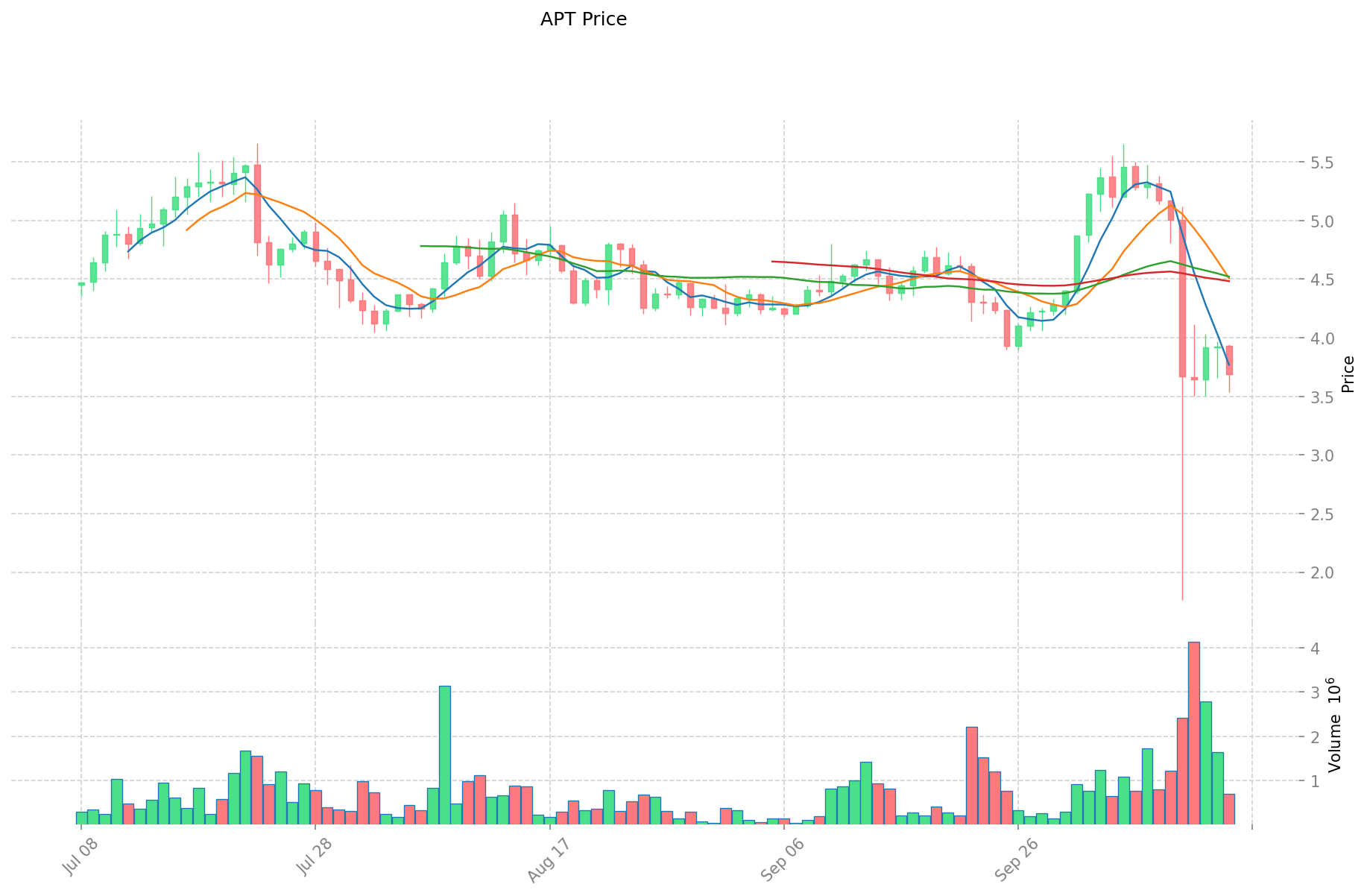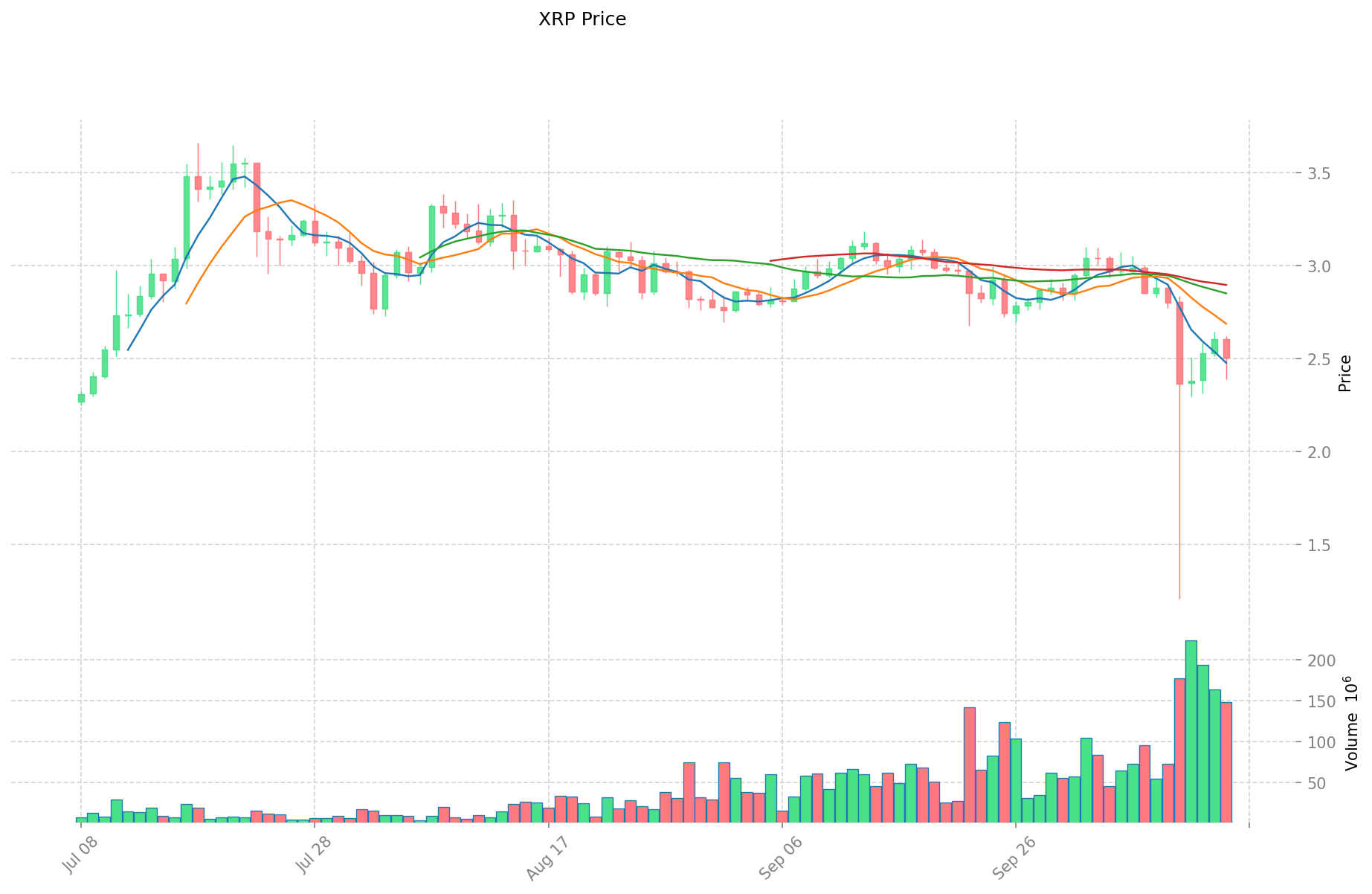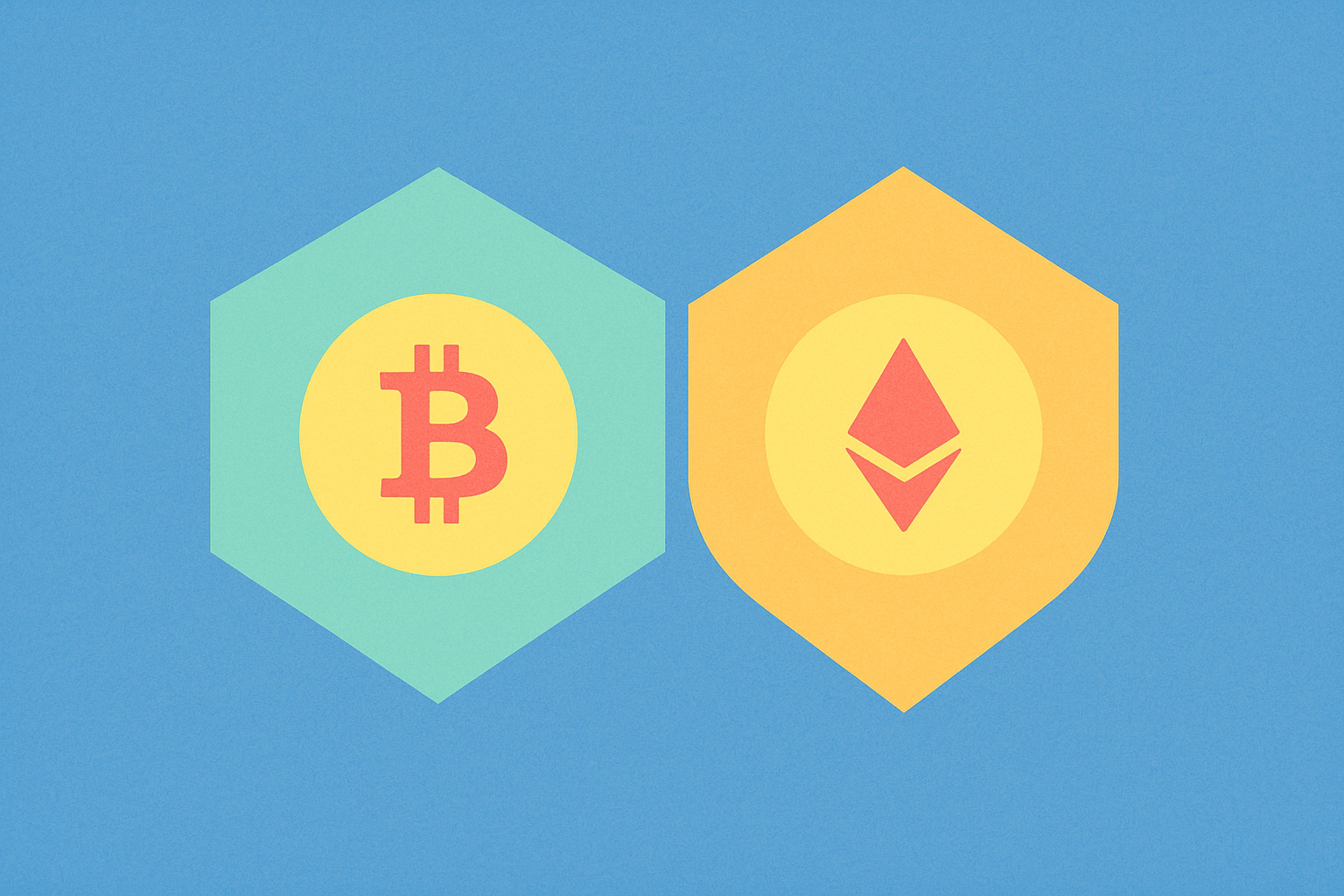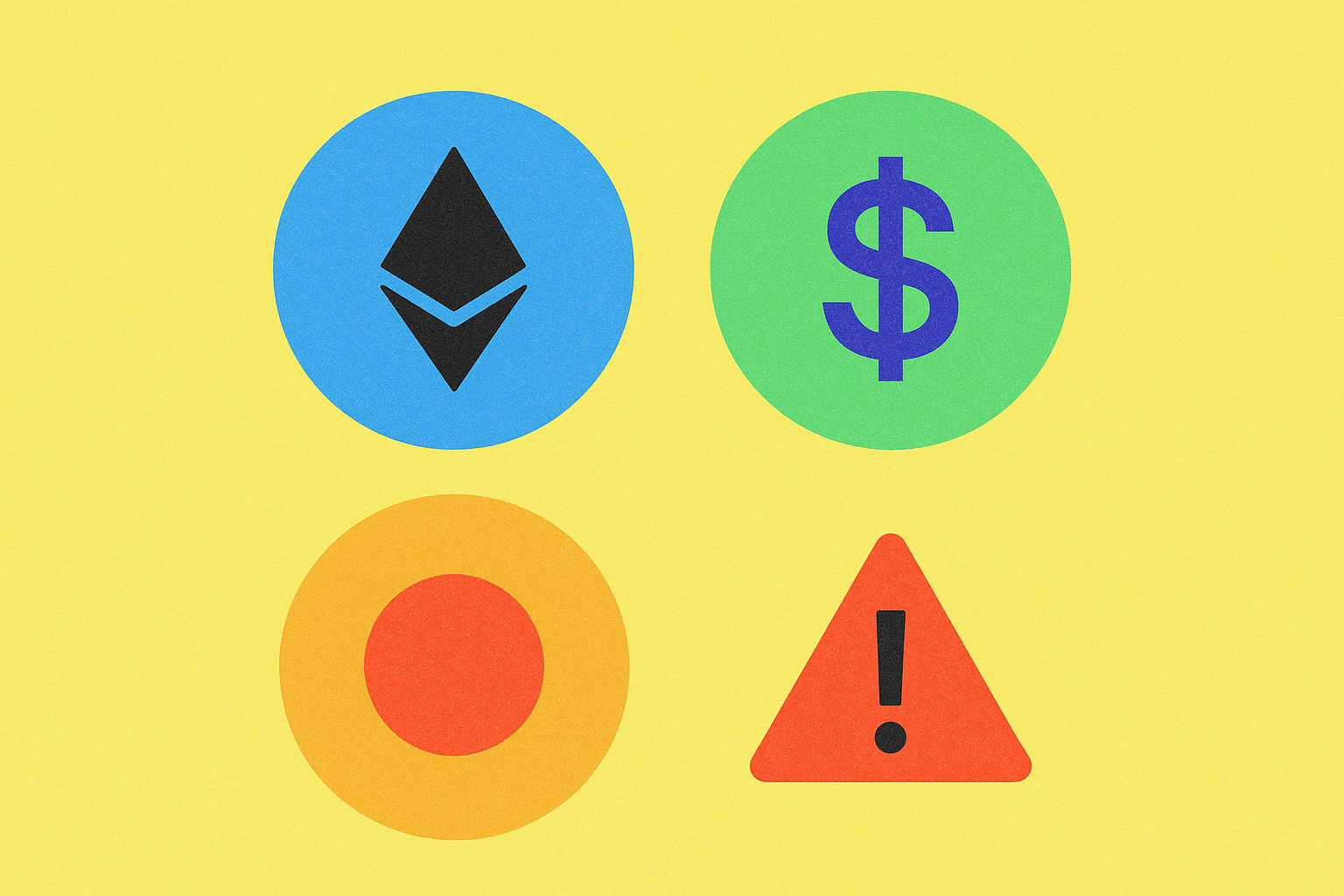APT vs XRP: Yükselen İki Kripto Varlığın Performansı ve Potansiyelinin Karşılaştırılması

Giriş: APT ve XRP Yatırımı Karşılaştırması
Kripto para piyasasında Aptos (APT) ile XRP (XRP) karşılaştırması, yatırımcıların göz ardı edemeyeceği bir başlık olmaya devam etmektedir. İki varlık; piyasa değeri sıralaması, kullanım alanları ve fiyat performansı bakımından kayda değer farklılıklar gösterirken, kripto varlıklar dünyasında ayrı pozisyonlara sahiptir.
XRP (XRP): 2012’de piyasaya sürülmesinden bu yana, sınır ötesi ödeme verimliliğiyle piyasada kabul görmüştür.
Aptos (APT): 2022’de sunulan bu varlık, güvenlik ve ölçeklenebilirlik odaklı yüksek performanslı bir Layer 1 blokzinciri olarak öne çıkmaktadır.
Bu makalede, APT ve XRP’nin yatırım değerleri; geçmiş fiyat hareketleri, arz mekanizmaları, kurumsal benimseme, teknolojik ekosistem ve gelecek öngörüleriyle kapsamlı şekilde incelenecek, yatırımcıların en çok merak ettiği şu soruya yanıt aranacaktır:
"Şu an hangisi daha iyi bir yatırım fırsatı sunuyor?"
I. Fiyat Geçmişi Karşılaştırması ve Güncel Piyasa Durumu
APT ve XRP Tarihsel Fiyat Hareketleri
- 2023: APT ana ağını başlattı ve bu gelişme fiyatında kayda değer bir sıçrama yarattı.
- 2022: XRP, SEC kaynaklı hukuki sorunlarla karşılaştı ve fiyatında dalgalanmalar yaşandı.
- Kıyaslamalı analiz: Son piyasa döngüsünde APT, zirve seviyesi olan 19,92 $’dan 2,8 $’a gerilerken, XRP daha istikrarlı bir seyir izleyerek 3,65 $ ile 0,00268621 $ arasında işlem gördü.
Güncel Piyasa Durumu (15 Ekim 2025)
- APT güncel fiyatı: 3,657 $
- XRP güncel fiyatı: 2,491 $
- 24 saatlik işlem hacmi: APT 2.620.306,77 $; XRP 341.665.175,70 $
- Piyasa Duyarlılık Endeksi (Korku & Açgözlülük): 34 (Korku)
Gerçek zamanlı fiyatlar için tıklayın:
- APT güncel fiyatını inceleyin Piyasa Fiyatı
- XRP güncel fiyatını inceleyin Piyasa Fiyatı


II. APT ve XRP Yatırım Değerini Etkileyen Temel Unsurlar
Arz Mekanizması Karşılaştırması (Tokenomik)
- APT: Düzenli yakım mekanizması ile arzı sürekli azaltan deflasyonist model
- XRP: Maksimum arzı sabit; 100.000.000.000 XRP, toplam arzda 99.986.740.020 XRP
- 📌 Tarihsel eğilim: APT’nin deflasyonist yapısı zamanla kıtlık yaratıp fiyatı yukarı çekebilir; XRP’nin sabit arzı ise öngörülebilirlik sunar.
Kurumsal Benimseme ve Piyasa Uygulamaları
- Kurumsal varlıklar: Franklin Templeton gibi geleneksel finans kurumları APT alanında yer alırken, XRP finansal ekosistemde konumunu güçlendiriyor
- Kurumsal uygulamalar: XRP, özellikle sınır ötesi ödemelerde daha hızlı, daha uygun maliyetli ve güvenilir uluslararası işlemlerle geleneksel finansın temel sorunlarını çözmede başarılı
- Regülasyon durumu: XRP, SEC davaları dahil olmak üzere ciddi düzenleyici sorunlarla karşılaşırken; APT’nin regülasyon süreci halen şekilleniyor
Teknik Gelişim ve Ekosistem Oluşumu
- APT teknik odağı: Güvenli ve yüksek verimli çözümler sunan ölçeklenebilir blokzincir altyapısı
- XRP teknik gelişimi: Sınır ötesi ödeme çözümlerini optimize etmeye odaklanıyor; RLUSD stabilcoin’i yakın zamanda piyasaya sürüldü
- Ekosistem kıyaslaması: APT’de toplam kilitli değer (TVL) 7,75 milyar $ ile üç yılın zirvesinde; XRP ise uluslararası işlem çözümlerinde piyasa liderliğini pekiştiriyor
Makroekonomik Faktörler ve Piyasa Döngüleri
- Enflasyon ortamında performans: Her iki varlık da Bitcoin’e ve genel piyasa duyarlılığına, makroekonomik gelişmelere bağlı olarak hareket ediyor
- Para politikası etkisi: Yatırımcı ilgisinin yeniden riskli varlıklara kayması her iki varlığı da etkiliyor
- Jeopolitik faktörler: Küresel ticaret gerilimleri risk iştahını artırırken, APT için ETF beklentileri gündeme gelebiliyor
III. 2025-2030 Fiyat Öngörüleri: APT ve XRP
Kısa Vadeli Öngörü (2025)
- APT: Muhafazakar 2,16-3,67 $ | İyimser 3,67-3,78 $
- XRP: Muhafazakar 2,06-2,49 $ | İyimser 2,49-3,68 $
Orta Vadeli Öngörü (2027)
- APT, büyüme fazına geçebilir; beklenen fiyat aralığı 3,71-5,63 $
- XRP, boğa piyasasına girebilir; beklenen fiyat aralığı 3,37-4,53 $
- Başlıca etkenler: Kurumsal girişler, ETF gelişmeleri, ekosistem büyümesi
Uzun Vadeli Öngörü (2030)
- APT: Temel senaryo 4,37-5,68 $ | İyimser senaryo 5,68-6,36 $
- XRP: Temel senaryo 4,14-4,93 $ | İyimser senaryo 4,93-7,30 $
Feragatname: Bu analiz yalnızca bilgilendirme amaçlıdır, yatırım tavsiyesi değildir. Kripto para piyasası son derece değişken ve öngörülemezdir. Yatırım kararı almadan önce mutlaka kendi araştırmanızı yapın.
APT:
| Yıl | Tahmini En Yüksek Fiyat | Tahmini Ortalama Fiyat | Tahmini En Düşük Fiyat | Değişim Oranı |
|---|---|---|---|---|
| 2025 | 3,77701 | 3,667 | 2,16353 | 0 |
| 2026 | 4,80138645 | 3,722005 | 3,2009243 | 2 |
| 2027 | 5,625438357 | 4,261695725 | 3,70767528075 | 17 |
| 2028 | 6,03115179002 | 4,943567041 | 4,30090332567 | 36 |
| 2029 | 5,8714745745957 | 5,48735941551 | 3,2375420551509 | 51 |
| 2030 | 6,360947034459192 | 5,67941699505285 | 4,373151086190694 | 56 |
XRP:
| Yıl | Tahmini En Yüksek Fiyat | Tahmini Ortalama Fiyat | Tahmini En Düşük Fiyat | Değişim Oranı |
|---|---|---|---|---|
| 2025 | 3,6778 | 2,485 | 2,06255 | 0 |
| 2026 | 4,406402 | 3,0814 | 1,725584 | 23 |
| 2027 | 4,53012021 | 3,743901 | 3,3695109 | 50 |
| 2028 | 5,58496431675 | 4,137010605 | 3,59919922635 | 66 |
| 2029 | 5,00681708470125 | 4,860987460875 | 2,72215297809 | 95 |
| 2030 | 7,302175363726425 | 4,933902272788125 | 4,144477909142025 | 98 |
IV. Yatırım Stratejisi Karşılaştırması: APT ve XRP
Uzun Vadeli ve Kısa Vadeli Yatırım Stratejileri
- APT: Ekosistem potansiyeline ve Layer 1 blokzincir gelişimine odaklanan yatırımcılar için ideal
- XRP: Sınır ötesi ödeme çözümleriyle ve finans sektörü uygulamalarıyla ilgilenen yatırımcılar için uygun
Risk Yönetimi ve Varlık Dağılımı
- Temkinli yatırımcılar: APT %30, XRP %70
- Agresif yatırımcılar: APT %60, XRP %40
- Koruma araçları: Stabilcoin dağılımı, opsiyonlar, çapraz para portföyleri
V. Potansiyel Risk Karşılaştırması
Piyasa Riskleri
- APT: Piyasada daha yeni olması ve düşük piyasa değeri nedeniyle volatilite yüksek
- XRP: Düzenleyici belirsizlikler ve piyasa duyarlılığına olası etkileri
Teknik Riskler
- APT: Ölçeklenebilirlik sorunları, ağ istikrarı
- XRP: Merkezileşme riski, konsensüs mekanizmasında güvenlik açıkları
Düzenleyici Riskler
- Küresel düzenlemeler her iki varlık üzerinde farklı etkiler yaratabilir; XRP daha acil düzenleyici incelemelerle karşı karşıya
VI. Sonuç: Hangisi Daha İyi Bir Alım?
📌 Yatırım Değeri Özeti:
- APT avantajları: Yüksek performanslı Layer 1 blokzincir, büyüyen ekosistem, deflasyonist tokenomik yapı
- XRP avantajları: Yerleşik sınır ötesi ödeme çözümü, geniş kurumsal benimseme, sabit arz
✅ Yatırım Tavsiyesi:
- Yeni yatırımcılar: XRP’nin piyasadaki yerleşik konumundan dolayı hafif bir ağırlıkla dengeli yaklaşım benimseyin
- Deneyimli yatırımcılar: Hem APT hem de XRP’yi içeren ve risk toleransınıza göre ayarlanmış çeşitlendirilmiş bir portföy oluşturun
- Kurumsal yatırımcılar: Her iki varlığı da kullanım alanları ve kurumsal hedeflerinizle uyumu açısından değerlendirin
⚠️ Risk Uyarısı: Kripto para piyasası yüksek volatiliteye sahiptir, bu makale yatırım tavsiyesi değildir. None
VII. Sıkça Sorulan Sorular
S1: APT ile XRP arasındaki temel farklar nelerdir? C: APT, yüksek performans ve ölçeklenebilirliğe odaklanan yeni nesil bir Layer 1 blokzinciridir; XRP ise verimli sınır ötesi ödemeler için tasarlanmış, köklü bir dijital varlıktır. APT deflasyonist tokenomik modele sahipken, XRP’nin maksimum arzı sabittir.
S2: Hangi kripto para daha istikrarlı fiyat performansı gösterdi? C: Tarihsel verilere göre, XRP fiyat istikrarı konusunda APT’ye kıyasla daha güçlü performans sergilemiştir. XRP’nin fiyat aralığı daha dar kalırken, APT lansmanından bu yana daha büyük dalgalanmalar yaşamıştır.
S3: APT ve XRP’nin kurumsal benimsemesi nasıl kıyaslanır? C: XRP, özellikle finansal sektörde sınır ötesi ödeme çözümlerinde daha köklü kurumsal benimsemeye sahiptir. APT ise Franklin Templeton gibi kurumlarla ilgi görmeye başlamış olup, benimseme süreci gelişmektedir.
S4: APT ve XRP için başlıca düzenleyici riskler nelerdir? C: XRP, SEC ile devam eden davalar gibi daha acil düzenleyici sorunlarla karşı karşıyadır. APT’nin düzenleyici ortamı ise halen şekillenmekte olup, şu anda XRP’ye göre daha az doğrudan düzenleyici baskı altındadır.
S5: Uzun vadede hangi kripto para daha yüksek büyüme potansiyeline sahip? C: 2030 fiyat öngörülerine göre hem APT hem de XRP büyüme potansiyeli taşımaktadır. APT’nin iyimser senaryosu 5,68-6,36 $ aralığı öngörürken, XRP’nin iyimser senaryosu 4,93-7,30 $ aralığını göstermektedir. Ancak bu tahminler spekülatiftir ve piyasa koşullarına bağlıdır.
S6: Yatırımcılar portföylerini APT ve XRP arasında nasıl dağıtmalı? C: Temkinli yatırımcılar için %30 APT ve %70 XRP, daha agresif yatırımcılar için ise %60 APT ve %40 XRP önerilebilir. Ancak dağılım, kişisel risk toleransına ve yatırım hedeflerine göre belirlenmelidir.
S7: APT ve XRP ile ilgili başlıca teknik riskler nelerdir? C: APT, ölçeklenebilirlik ve ağ istikrarı sorunlarıyla karşılaşabilir. XRP’nin teknik riskleri arasında merkezileşme ve konsensüs mekanizmasında güvenlik açıkları bulunmaktadır.

Kripto Çöküşü mü Yoksa Sadece Düzeltme mi?

XRP’nin Gelecekteki Değerlemesi: 2040 ve 2050 Fiyat Beklentileri

AO ve XRP: Dijital varlık ekosistemini yeniden şekillendiren iki blockchain teknolojisinin karşılaştırılması

XRP (XRP) iyi bir yatırım mı?: Ripple'ın kripto parasının günümüz piyasasındaki potansiyeli ve risklerinin analizi

2025 XYM Fiyat Tahmini: Symbol’in yerel tokeninin büyüme potansiyeli ve piyasa dinamiklerinin analizi

Bir Kripto Projenin Temelleri Nasıl Analiz Edilir: Göz Önünde Bulundurulması Gereken 5 Ana Faktör

Tap Crypto’yu Anlamak: Dijital Takas Üzerine Kapsamlı Bir Rehber

ENS Alan Adları: Web3’te Kimlik Yönetimini Kolaylaştırıyor

Kripto para birimlerinde çift harcama sorununun anlaşılması

Kripto paralarda Mnemonic ifadelerin kavranması

Ethereum Katmanı 2'de Yenilikçi Ölçeklendirme: Geleceğe Milyon Dolarlık Atılım





